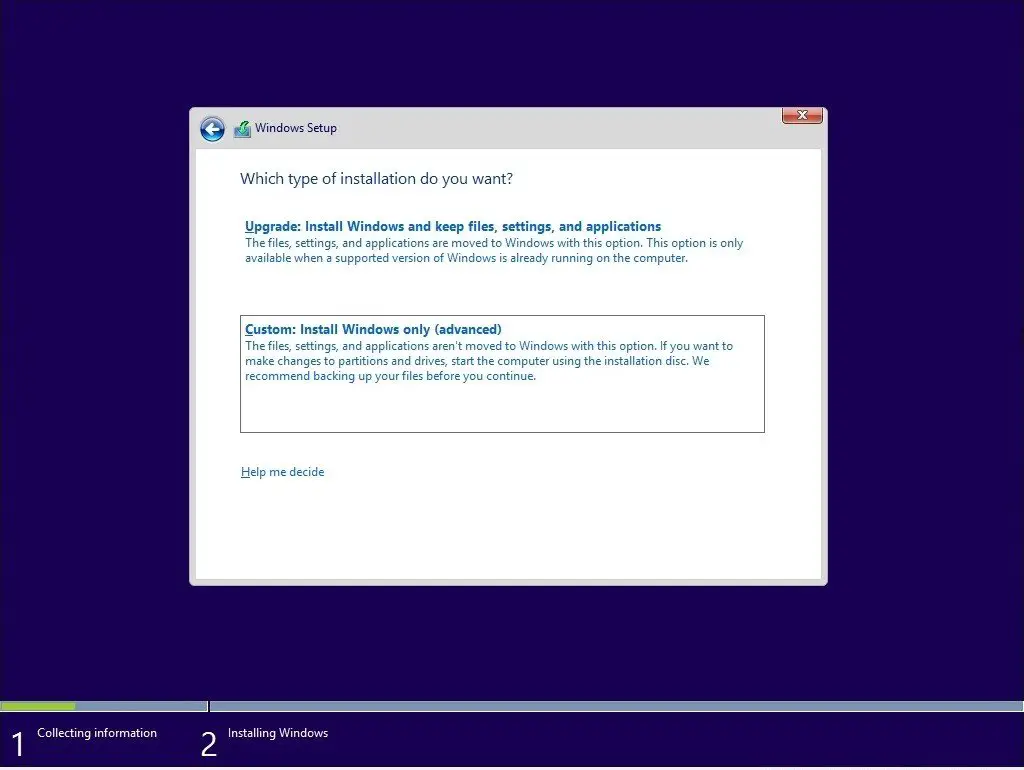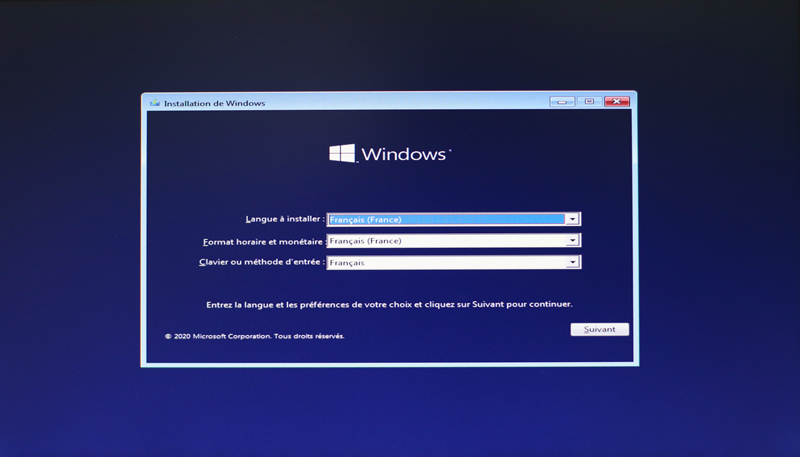


Your drive should be renamed something like USB-ESD (Electronic Software Delivery). If you want to make sure that you created a bootable USB drive with the Windows 10 installer on it, go to File Explorer and check your drives in This PC. The Media Creation Tool will then start to download the latest Windows 10 installation files on your computer. If you don’t see the drive you want to use, click Refresh drive list. If you have more than one device connected to your computer and you’re unsure which one to use, disconnect the other drives. Select the removable drive you want to use and click Next.Next, choose USB flash drive and click Next.If you’re not sure about whether you need a 64-bit or a 32-bit architecture, select Both from the Architecture drop-down menu. You can also use the drop-down options to change the options. You can check the Use the recommended options for this PC box to use the same language, edition, and architecture you are using now. Select the language, architecture, and edition that you want to use to create the bootable USB.Select the Create installation media option and click Next.



 0 kommentar(er)
0 kommentar(er)
